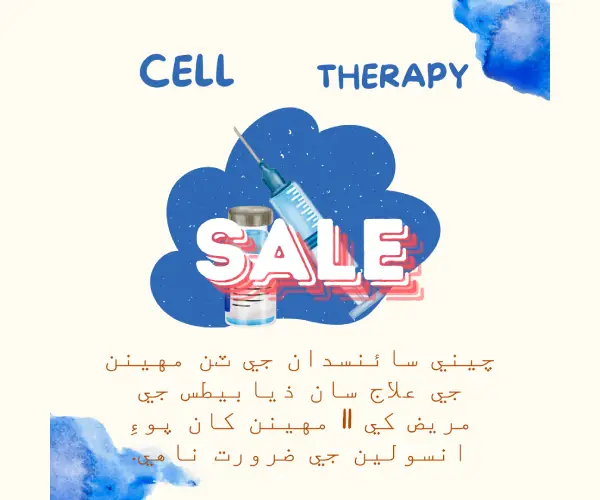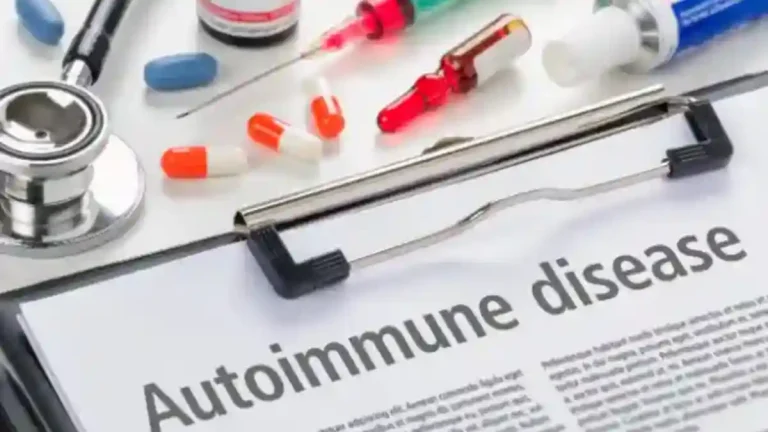Diabetes Cure With Cell Therapy
A miracle achievement: 3 Months World’s First Diabetes Cure with Cell Therapy
In a remarkable leap forward for medical science, a team of Chinese scientists has achieved what was once considered impossible: curing diabetes through innovative cell therapy. The pioneering treatment successfully eliminated type 2 diabetes in a 59-year-old patient who had struggled with the disease for 25 years, facing severe complications despite previous medical interventions.

A Historic Breakthrough in Diabetes Cure with Cell Therapy
The patient, who had lost significant pancreatic islet function despite a kidney transplant, underwent a transformative cell transplant in July 2021. Within a remarkably short span of 11 weeks, he no longer required external insulin injections. By the end of the year, his dependence on oral medication to regulate blood sugar levels was completely eliminated.
Harnessing the Power of Diabetes cure with Cell Therapy
Led by Yin Hao, a prominent researcher at Shanghai Changzheng Hospital, the team utilized the patient’s own peripheral blood mononuclear cells, reprogramming them into “seed cells” capable of regenerating pancreatic islet tissue. This pioneering approach leverages the body’s natural regenerative capabilities, marking a significant advancement in the field of regenerative medicine.
Implications for Diabetes Treatment Worldwide
The successful outcome of this groundbreaking procedure offers hope to millions globally grappling with diabetes, particularly in countries with high prevalence rates like China. With 140 million diabetic individuals and a quarter of them reliant on lifelong insulin injections, the potential impact of this breakthrough cannot be overstated.
Future Prospects and Challenges Ahead
While this achievement represents a monumental stride towards a diabetes-free future, further extensive studies involving larger patient cohorts are crucial to validate its widespread applicability and long-term efficacy. Researchers, including Timothy Kieffer from the University of British Columbia, emphasize the necessity of refining manufacturing processes to ensure scalable production of insulin-producing cells derived from stem cells.
Conclusion
China, with 140 million diabetics and 40 million reliant on insulin, faces a staggering health burden. The recent diabetes cure with cell therapy breakthrough through cell therapy promises transformative benefits, potentially reducing dependency on lifelong medication and improving health outcomes for millions across the nation.
As China leads the charge in redefining diabetes treatment paradigms through cell therapy, the global medical community watches with anticipation. If successful on a broader scale, this innovation could alleviate the burden of chronic medication, enhance quality of life, and potentially reduce healthcare expenditures worldwide.
This groundbreaking achievement of diabetes cure with cell therapy underscores the transformative potential of regenerative medicine in addressing complex diseases like diabetes, paving the way for a future where such conditions may no longer be chronic, but curable.





